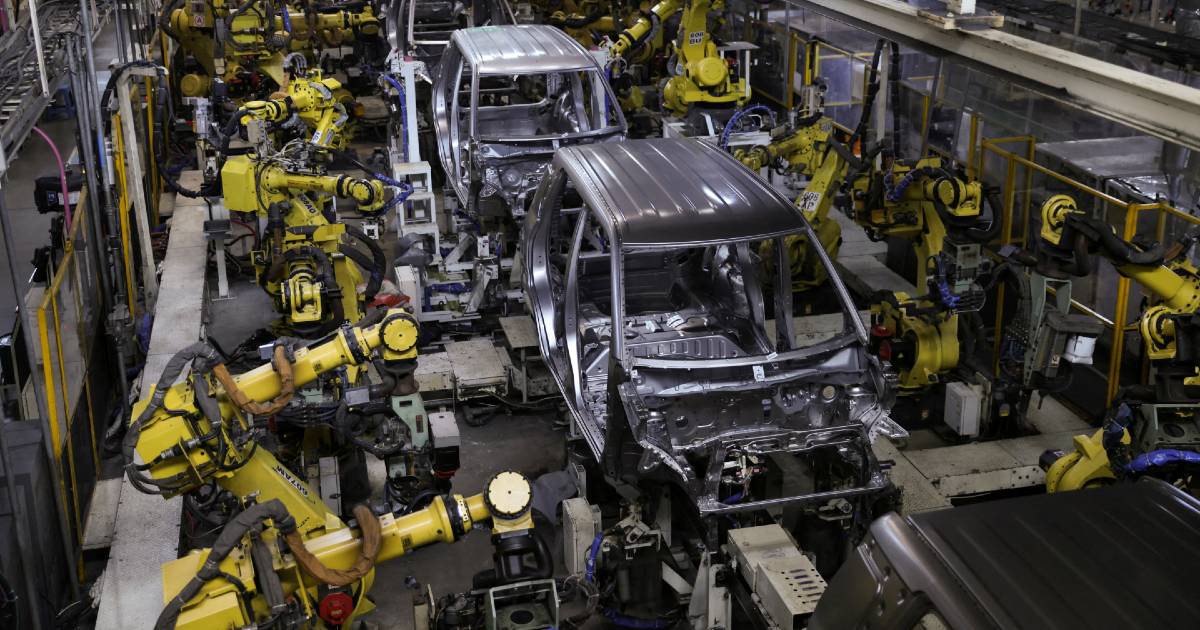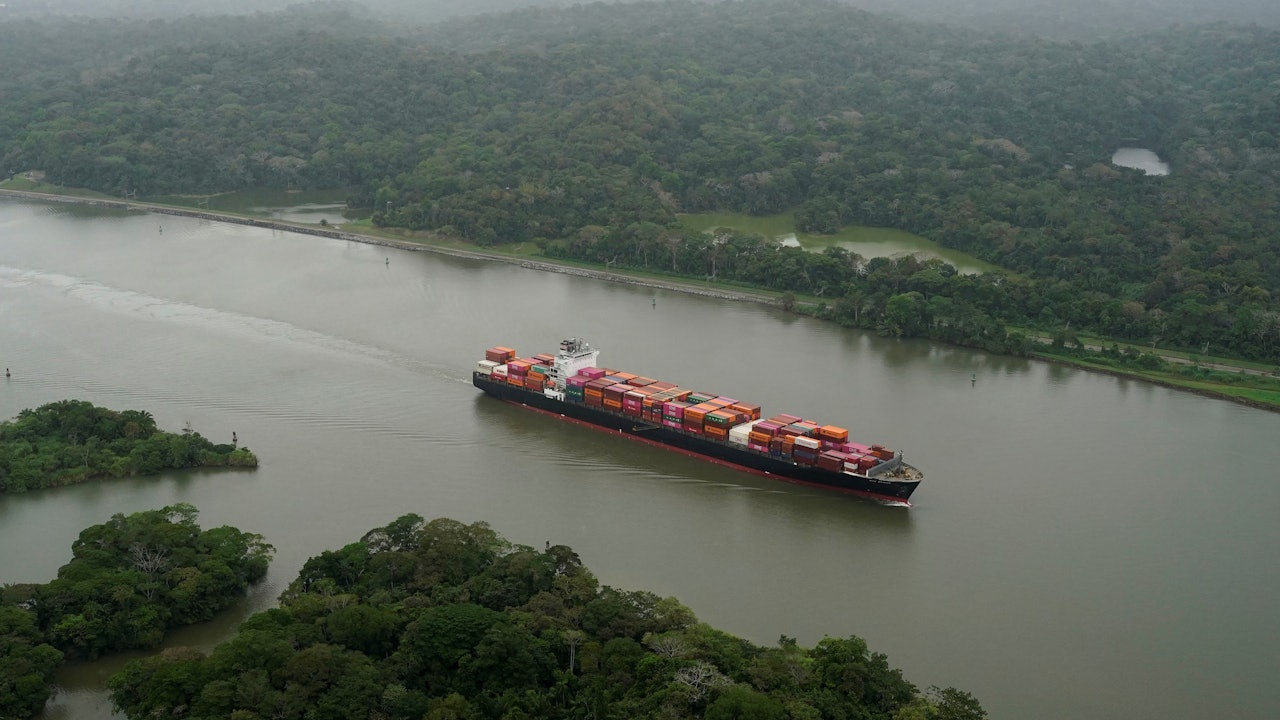The user wants a detailed analysis and professional report, over 1000 words, based on the search result “國際財經 – 關稅戰丨車廠或面臨每輛車逾9萬關稅”.
The report should be in traditional Chinese, follow a specific structure (engaging intro, titled sections, logical flow, concluding summary), use vivid language without jargon, incorporate facts from the search result, be in Markdown format, and avoid greetings or conversational filler.
Based on the title, the core topic is the impact of a tariff war, specifically focusing on the potential tariff of over 90,000 per vehicle that car manufacturers might face. This suggests the search result likely discusses the context of this tariff, which countries/regions are involved, the reasons for the tariff, the potential consequences for car manufacturers and possibly consumers, and the broader implications for international trade.
Steps:
* What is the specific tariff mentioned (over 90,000)? What currency is this?
* Which car manufacturers/countries are affected?
* What is the cause of this potential tariff war? (e.g., trade imbalances, unfair subsidies, environmental concerns, political tensions).
* What are the potential impacts on production, pricing, sales, market share, and profitability for car companies?
* What are the potential impacts on consumers (higher prices, fewer choices)?
* What are the broader economic implications?
* Opening: Hook the reader by highlighting the dramatic impact of a potential 90,000+ tariff per vehicle. Frame it as a looming storm over the global auto industry.
* Section 1: 風暴前夕:一場價值逾九萬的衝擊 (The Eve of the Storm: An Impact Worth Over Ninety Thousand) – Detail the specific tariff amount and its potential implications as a headline figure. Set the stage for the conflict.
* Section 2: 戰場何在?關稅衝突的起因與雙方 (Where is the Battlefield? The Cause and Parties of the Tariff Conflict) – Explain the context of the tariff war, identifying the involved parties (countries/regions) and the underlying reasons (e.g., trade practices, subsidies, competition).
* Section 3: 車輪上的重擔:車廠的困境與應對 (Heavy Burden on Wheels: Car Manufacturers’ Predicaments and Responses) – Analyze the direct impact on car manufacturers. Discuss potential strategies they might adopt (relocation, price increases, shifting supply chains). Use facts from the source about specific companies or regions if available.
* Section 4: 消費者的錢包:購車成本與市場變化 (Consumers’ Wallets: Car Costs and Market Changes) – Explore how the tariff war might affect consumers. Potential price hikes, availability of models, shifts in market demand.
* Section 5: 國際貿易的漣漪:更廣泛的經濟效應 (Ripples in International Trade: Broader Economic Effects) – Discuss the wider implications beyond the auto sector. Potential for retaliation, impact on related industries (parts suppliers), and global trade patterns.
* Conclusion: 未知的旅途:全球汽車產業的未來展望 (Unknown Journey: Future Outlook for the Global Auto Industry) – Summarize the key points and offer a forward-looking perspective on the uncertainty and challenges facing the industry. End with a strong, reflective statement.
Constraint Checklist:
Confidence Score: 5/5 – I am confident I can meet all requirements based on the user prompt and a typical search result for this kind of news. The key is to get enough detail from the search result to build a >1000 character report.
Strategizing complete. I will now proceed with executing the search and then generating the response based on the outlined steps.











